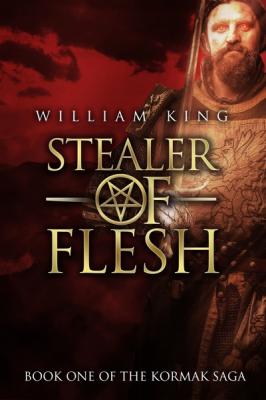I’ve been reading a lot of Sword & Sorcery books recently, both classic and (relatively) new, and I now got around to finish The Last Wish by Andrzej Sapkowski.
Spoiler for the end of this review: Oh boy, am I happy!

The Last Wish was released in Polish in 1993 and contains stories written both before and after the release of Miecz Przeznaczenia (no English translation) the previous year. The stories also take place earlier, which makes The Last Wish both the second and also first book in the series, depending on how you want to count it. The book consists of seven stories of Geralt of Rivia, a professional monster hunter from an old but fading orders of warriors who have acquired special powers through magic and alchemy. Six of the stories are conventional narratives with a beginning, middle, and end in the correct order, while with the seventh Sapkowski did something rather unconventional and quite clever. The Voice of Reason is about as long as all the other stories in the books, but split into seven different parts, between which the other six stories are inserted as flashbacks. It’s not like Geralt sitting down and telling another character a tale from his past, but instead we cut to those other stories so that Sapkowski can give us the necessary background info we need to understand the context of the next scene in The Voice of Reason. May sound strange, but in practice it flows very smoothly and works perfectly well.
Even though the book is kind of an anthology, I am not going to go into detail about each story individually, as they are all by the same author about the same character and they do form a single coherent, if very loosely connected work. In my previous Sword & Sorcery reviews there were always two things that really had me disappointed in a story: Lack of evocative descriptions and lack of thrilling action. While the former is mostly a personal preference, action, passion, and thrill is what I consider the most fundamental essence of Sword & Sorcery. You can change and experiment with all the common archetypes and conventions, but if there is no passion and fury, a story will always just be Heroic Fantasy. The Witcher has all the hallmarks of a Sword & Sorcery hero: An outsider who uses descisive action for selfish gains. And at least in the first two books, the tales of Geralt use the classic short story format as well. (The other six books don’t.) So I gave The Last Wish a try, hoping to find something for my Sword & Sorcery craving. And does it deliver?
Oh yes, and how!

